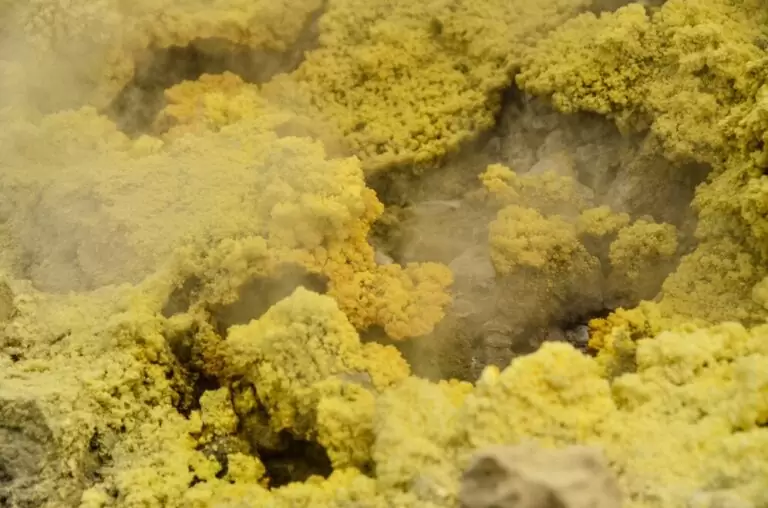Bitumen, often referred to as asphalt binder, is a complex hydrocarbon material known for its viscoelastic properties. It is widely used in road construction, roofing, and industrial sealing applications. Because bitumen’s performance depends heavily on its chemical composition, source, and production process, characterization techniques are essential for determining its physical, chemical, thermal, and rheological properties. Understanding these parameters helps engineers predict the behavior of bitumen under various environmental and mechanical conditions, ensuring durability and safety in infrastructure.
Introduction to Bitumen Characterization
Bitumen characterization involves a series of standardized laboratory tests that evaluate the binder’s consistency, hardness, viscosity, deformation resistance, temperature susceptibility, and chemical composition. These tests are performed on different grades of bitumen—such as penetration grade, viscosity grade, performance grade (PG), polymer modified bitumen (PMB), and oxidized bitumen—according to international standards like ASTM, EN, and AASHTO.
The goal of these methods is not only to determine quality but also to ensure proper selection of bitumen for specific climate, load, and design conditions.
Common Physical Characterization Methods
a. Penetration Test
The penetrometer test (ASTM D5 / EN 1426) measures the hardness or consistency of bitumen. A needle loaded with 100 g penetrates the sample for 5 seconds at 25°C. The depth of penetration (in tenths of a millimeter) defines the grade—such as 40/50, 60/70, or 80/100.
This method is widely used for conventional paving bitumen and provides a simple classification system for specifying material stiffness.
b. Softening Point Test
The Ring-and-Ball test (ASTM D36 / EN 1427) determines the temperature at which bitumen softens under heat. A steel ball is placed on a bitumen sample, and the temperature at which it falls a specified distance is recorded.
This temperature helps assess the bitumen’s suitability for warmer climates where high thermal stability is required.
c. Ductility Test
The Ductility Test (ASTM D113) measures the elongation of bitumen before breaking when pulled at a fixed speed and temperature. It indicates the material’s flexibility and ability to resist cracking at low temperatures—an important parameter for cold regions.
Viscosity and Flow Characterization
a. Absolute and Kinematic Viscosity
Measured using vacuum capillary viscometers (ASTM D2171) and glass capillary tubes (ASTM D445), viscosity quantifies the fluidity and pumpability of bitumen.
- Low viscosity ensures ease of mixing and coating aggregates.
- High viscosity provides better load-bearing capability and resistance to rutting.
Viscosity grading is common in specifications such as VG-10, VG-30, and VG-40, ensuring consistency in performance across temperature ranges.
b. Dynamic Shear Rheometer (DSR)
For Performance Grade (PG) bitumen, DSR testing (AASHTO T315) is used to investigate the complex shear modulus (G*) and phase angle (δ). These parameters reveal the viscoelastic behavior and rutting potential of asphalt binders under cyclic loading. DSR testing operates across a range of temperatures, providing a complete rheological fingerprint.
Thermal and Aging Characterization
a. Rolling Thin Film Oven Test (RTFO)
The RTFO test (ASTM D2872) simulates the short-term aging that occurs during asphalt mixing. Bitumen is exposed to heat and air flow in thin films, and changes in mass, viscosity, and penetration are measured. This helps predict performance after initial usage.
b. Pressure Aging Vessel (PAV)
To simulate long-term aging, the PAV test (ASTM D6521) is conducted on RTFO-aged samples. It measures the oxidation resistance and durability of bitumen under prolonged service conditions. These two methods together form the aging evaluation system of Superpave specifications.
c. Differential Scanning Calorimetry (DSC)
DSC analysis detects phase transitions—such as glass transition temperature (Tg) and melting points—by measuring heat flow associated with temperature changes. It helps identify thermal properties that influence pavement performance in varying climates.
Chemical Characterization
a. Fourier Transform Infrared Spectroscopy (FTIR)
The FTIR technique provides information about functional groups (carbonyl, sulfoxide, aliphatic chains) within bitumen. It is particularly useful for quantifying oxidation and polymer modification levels. Each chemical change corresponds to a distinctive absorption band, enabling precise tracking of binder aging and modification.
b. Thin Layer Chromatography – Flame Ionization Detection (TLC‑FID)
Used to determine bitumen composition in terms of Saturates, Aromatics, Resins, and Asphaltenes (SARA). This balance affects adhesion, elasticity, and weathering resistance. A high asphaltene content increases stiffness, while higher aromatics enhance flexibility.
c. Gel Permeation Chromatography (GPC)
GPC separates molecules by size to assess molecular weight distribution—crucial for understanding performance in high-stress applications and in polymer-modified formulations.
Emerging Characterization Techniques
Recent advances in materials science have led to the use of Atomic Force Microscopy (AFM) and Scanning Electron Microscopy (SEM) to visualize bitumen microstructure. These methods reveal phase separation between components and help in designing advanced polymer-modified and nano-reinforced bitumens for superior pavement durability. Combined with chemical and rheological testing, they offer a comprehensive picture of binder quality.
Conclusion
Accurate characterization of bitumen is critical for predicting its performance under varying environments and stresses. From simple tests like penetration and softening point to advanced rheological and spectroscopic methods, each approach provides a specific insight into the binder’s behavior. As infrastructure demands evolve and modified bitumens gain prominence, a hybrid combination of physical, chemical, and microstructural assessments will define the future of quality assurance in bitumen technology.






